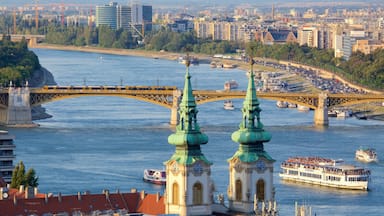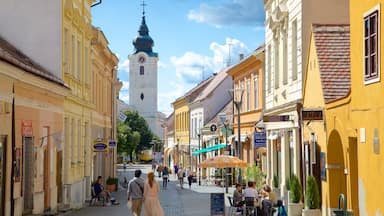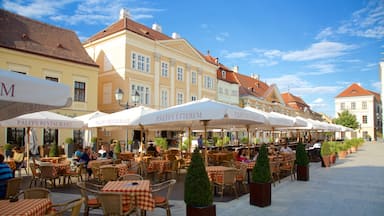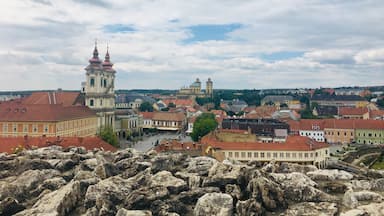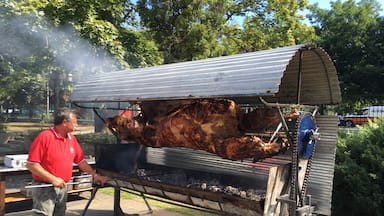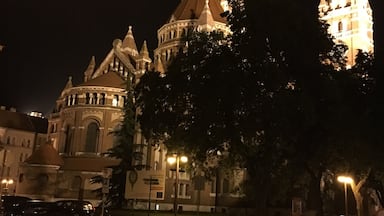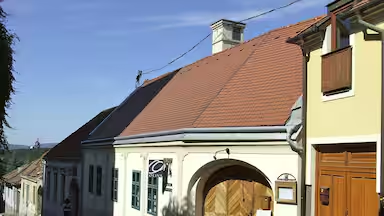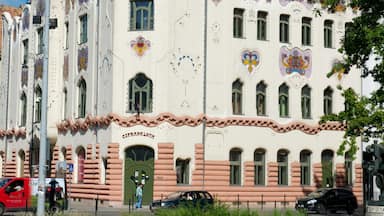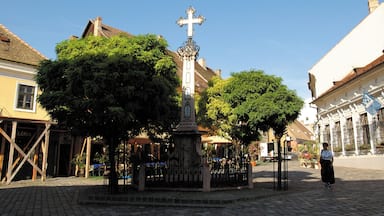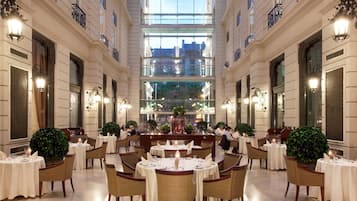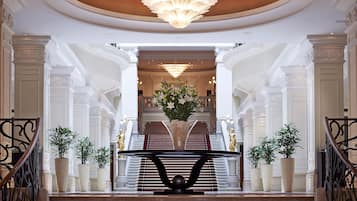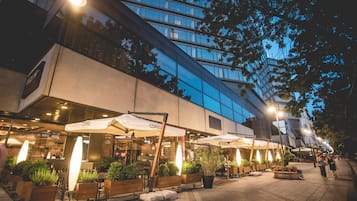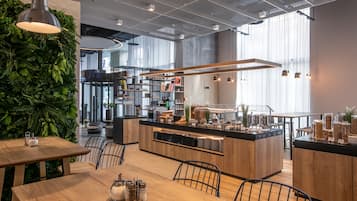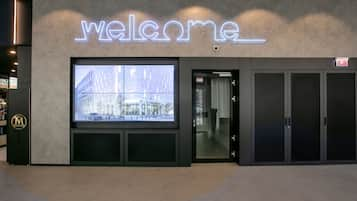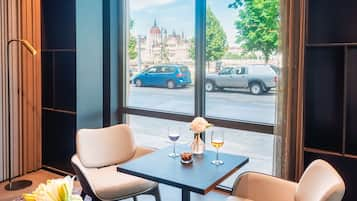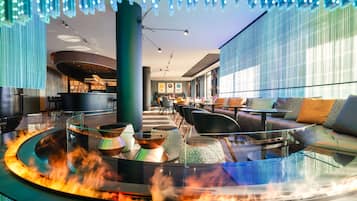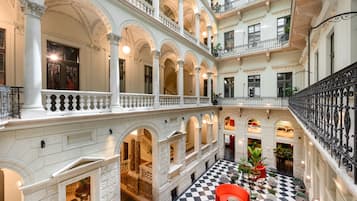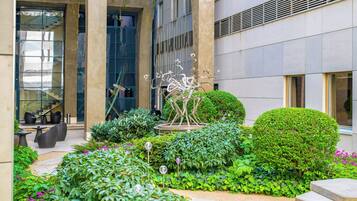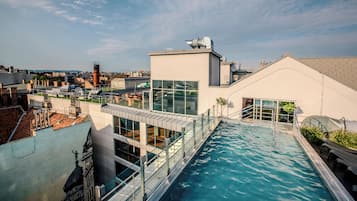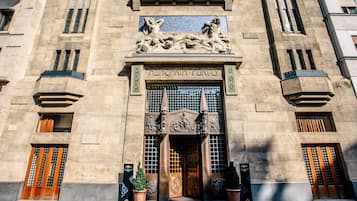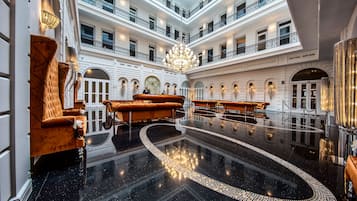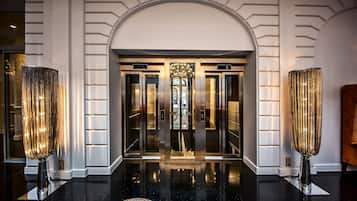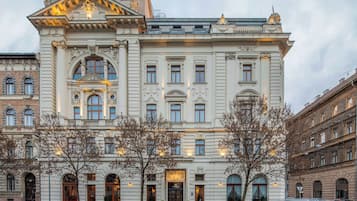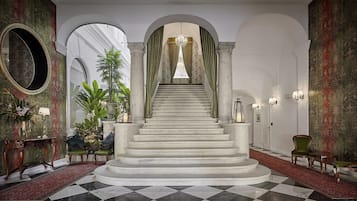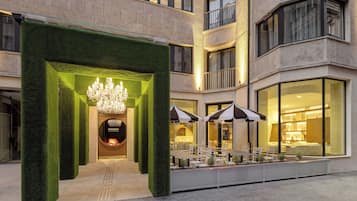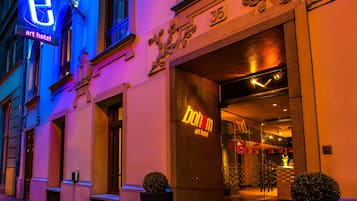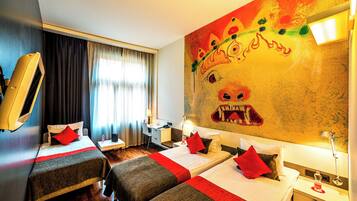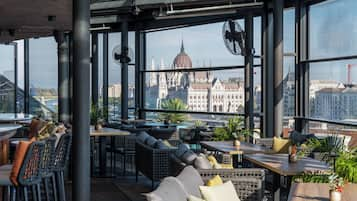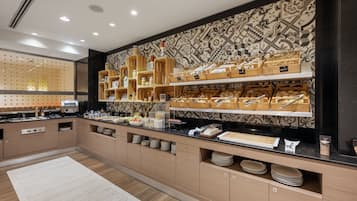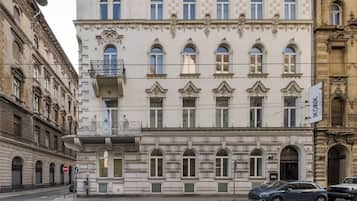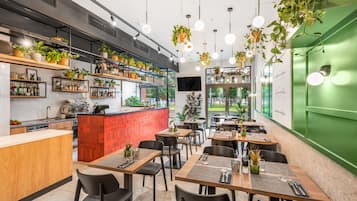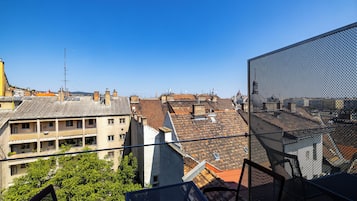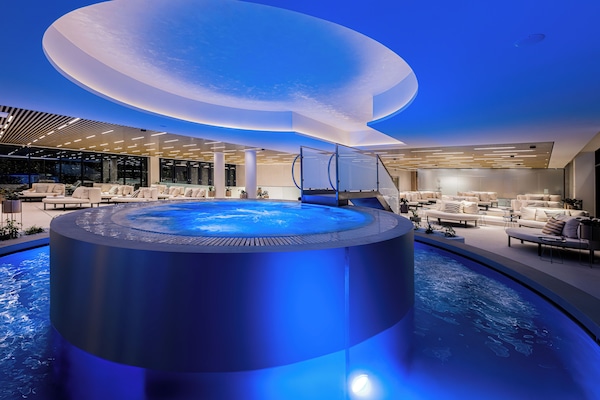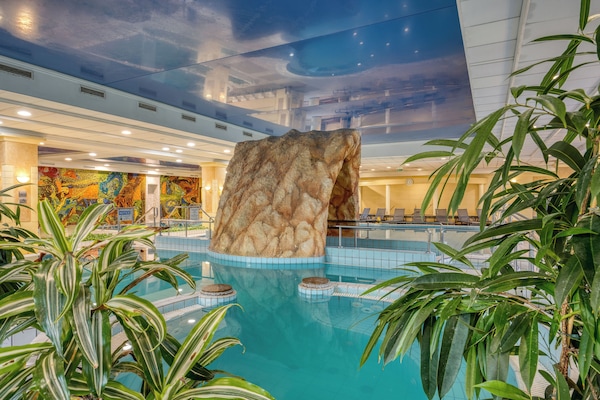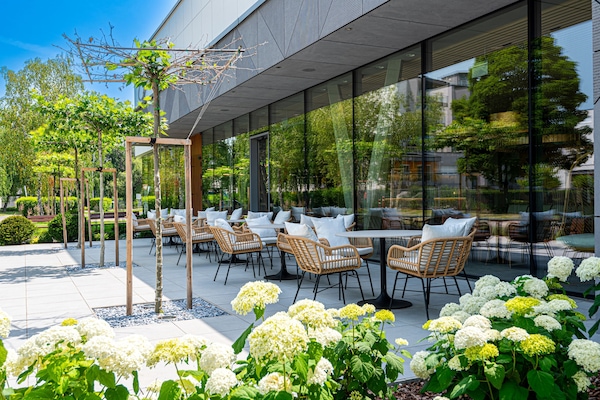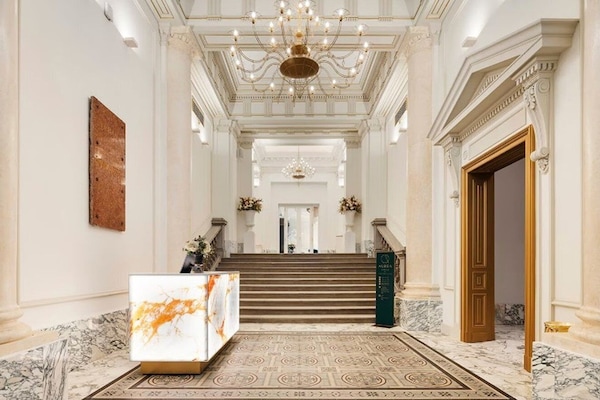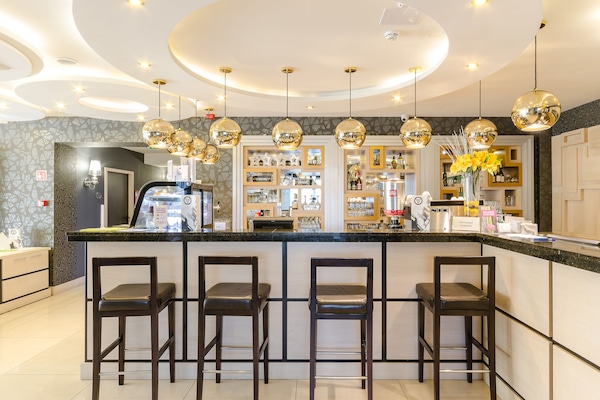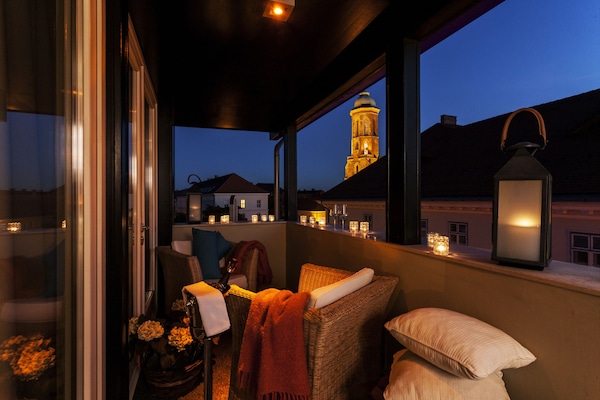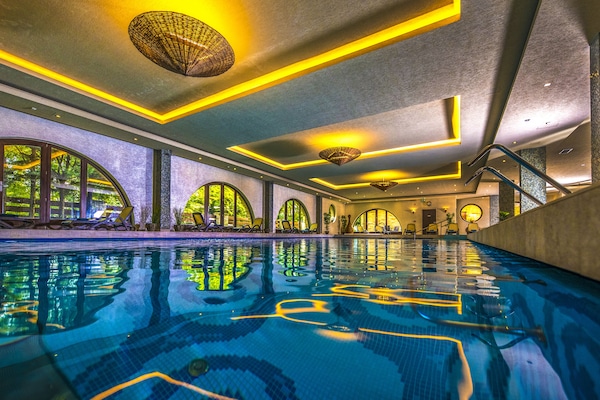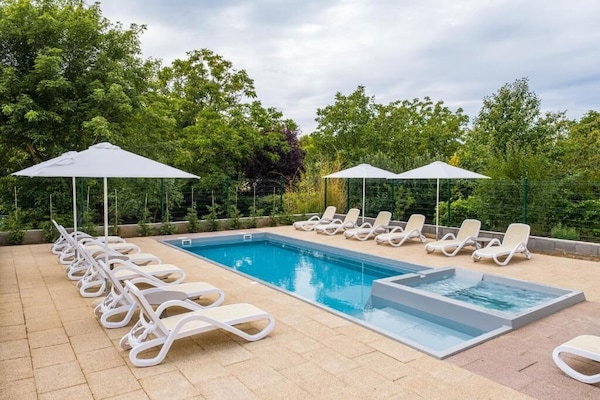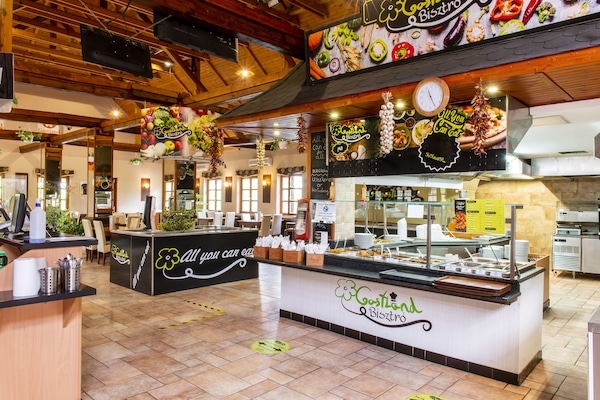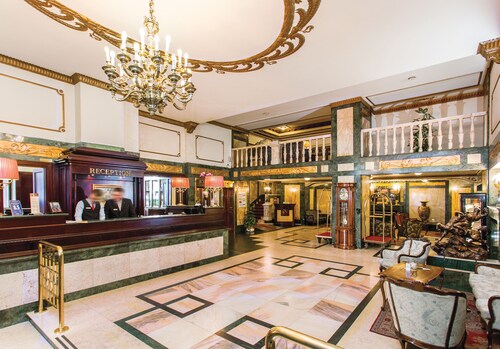Central Europe's biggest lake, the continent's largest natural grassland, and one of the world's loveliest capital cities are a few reasons why Hungary ranks among the planet's top 15 tourist destinations. Hungarian people are descended from horsemen who came to central Europe from central Asia during the ninth century. Hungary's borders have changed several times throughout the centuries, but many of its Ottoman era buildings still stand today. It takes about 13 and a half hours to travel the 8,242 km between Budapest, Hungary's picturesque national capital, and Bangkok because non-stop flights between the two cities are rare.
Don’t MissHungary's continental climate varies dramatically throughout the year. Temperatures can soar as high as 39°C in summer and drop to -20°C in winter. Autumn is Hungary's rainiest season, especially in the country's western part. Hungary's cold winters, hot summers, and rainy autumns mean spring is the best time to enjoy the country. Budapest begins its year with the January five-day Budapest International Circus Festival. The March Budapest Spring Music Festival hosts 200 concerts in the Hungarian National Gallery, Hungarian State Opera House, and many more venues.
The major Budapest tourist attractions include the Castle Hill, a historic neighbourhood where people have lived since the 13th century. The Hungarian National Library, History Museum, and National Gallery are all located in Buda Castle. Budapest's oldest park, O'Buda, contains ruins from Ancient Roman statues, mosaic floors, and buildings. The main attraction in Hungary's second largest city, Debracen, is Nagyerdő. This massive city park contains the Vidámpark amusement park, an ice skating rink, a zoo, a water park, and botanical garden.
Restaurants and BarsBudapest restaurants are cheaper than their counterparts in many other European countries. Most Hungarian meals are accompanied by sour savanyúság pickles along with soup, salad, a main course of meat and potatoes, and dessert. Somlói Galuska, a 3-layer sponge cake with raisins and whipped cream, and Eszterházy, a 4-layer sponge with chocolate buttercream, are a couple of the tasty sweets sold at Hungarian Cukrászda pastry cafés. The local wine served at Budapest's borozos (pubs) is also affordable.
ActivitiesHungary has become one of Europe's fastest growing tourism destinations thanks to its 38 protected areas, 10 national parks, and 8 UNESCO World Heritage sites like the Slovak Karst and Aggtelek Karst caves. Lake Tisza is Hungary's leading fishing spot, while Hortobágy National Park is famous for its bird watching. Danube River cruises, Great Hungarian Plain horseback riding, and Buda Mountains cycling are popular ways to explore Hungary's stunning scenery.
ShoppingShopping in Hungary is cheaper than in several of its surrounding European. Andrassy Avenue is Budapest's most luxurious shopping street, but more affordable fashions can be found in Deak Ferenc and Vica Street. Zsolnay is famous for intricately pattered pottery, while Holloko is a community famous for crafts like embroidered linens. Tourists can also find high quality souvenirs at Budapest's two-floor Great Market Hall, Gellert Hill, and Castle District.

